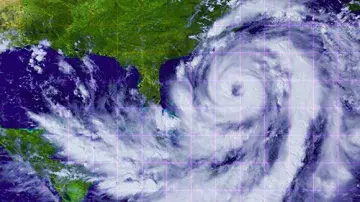
The costs of both manmade and natural disasters continue to rise on an annual basis in the United States and around the globe. The Federal Emergency Management Agency (FEMA) and state and local communities need access to new technologies and innovations that reduce risk, improve protective measures, and optimize mitigation investments and lower damage, disruption, and costs related to disaster recovery. New mechanisms for alerting the public about wildfire and other events will better protect our citizens and communities from active hazards, route commodity deliveries around incidents, and further protect critical infrastructure. As a result of enhanced alerting solutions, local first responders will have improved access to incident information and can plan rapidly and better allocate limited resources.
The Science and Technology Directorate’s (S&T’s) Next Generation Disaster Proofing research and development will pursue new technologies and standards to streamline FEMA disaster resilience investments in insurance, mitigation, and recovery operations. It also will develop and simplify assistance programs that enable the states, local communities, and the private sector to help disaster survivors recover more efficiently and effectively. Other examples of targeted research and development outcomes will be to develop new approaches to optimizing resilience investments to reduce disaster risk and losses, to measure community resilience and monitor program effectiveness.

The Next Generation Disaster Proofing project area supports FEMA operations, pre- and post- disaster assistance programs, and approximately 20,000 communities participating in the National Flood Insurance Program (NFIP), and numerous state and local partners and critical infrastructure operators. These research and development investments allow FEMA to keep pace with the nation's evolving and increasing flood risk and reduce the loss of life and property.
News
- Technologically Speaking: Without Question, This Technology Will Save Lives
- Feature Article: S&T Tests Next Generation Flood and Wildfire Alerting Technology
- Feature Article: Keeping Score—New Tool Helps Communities Plan for and Mitigate Disasters
